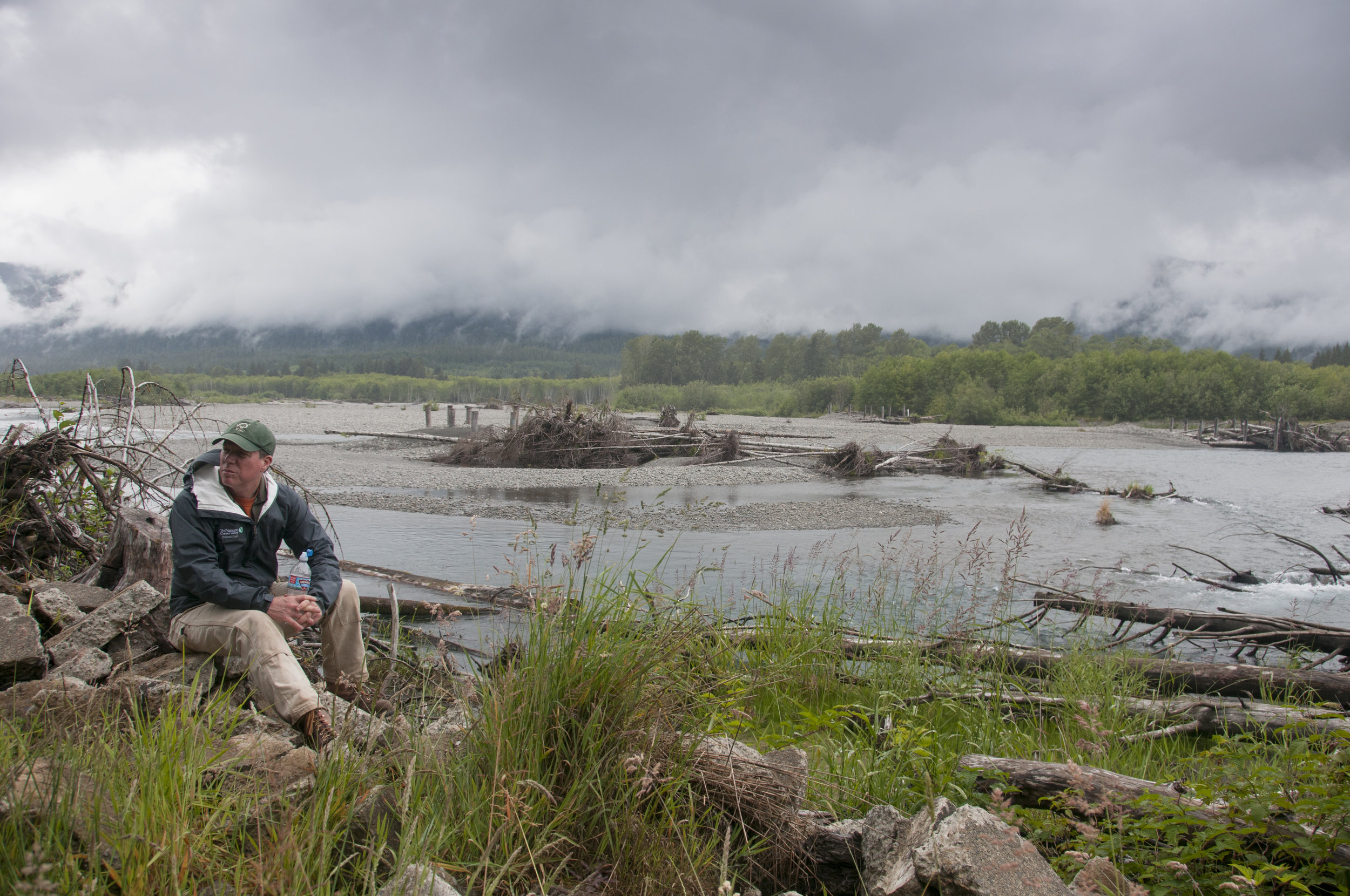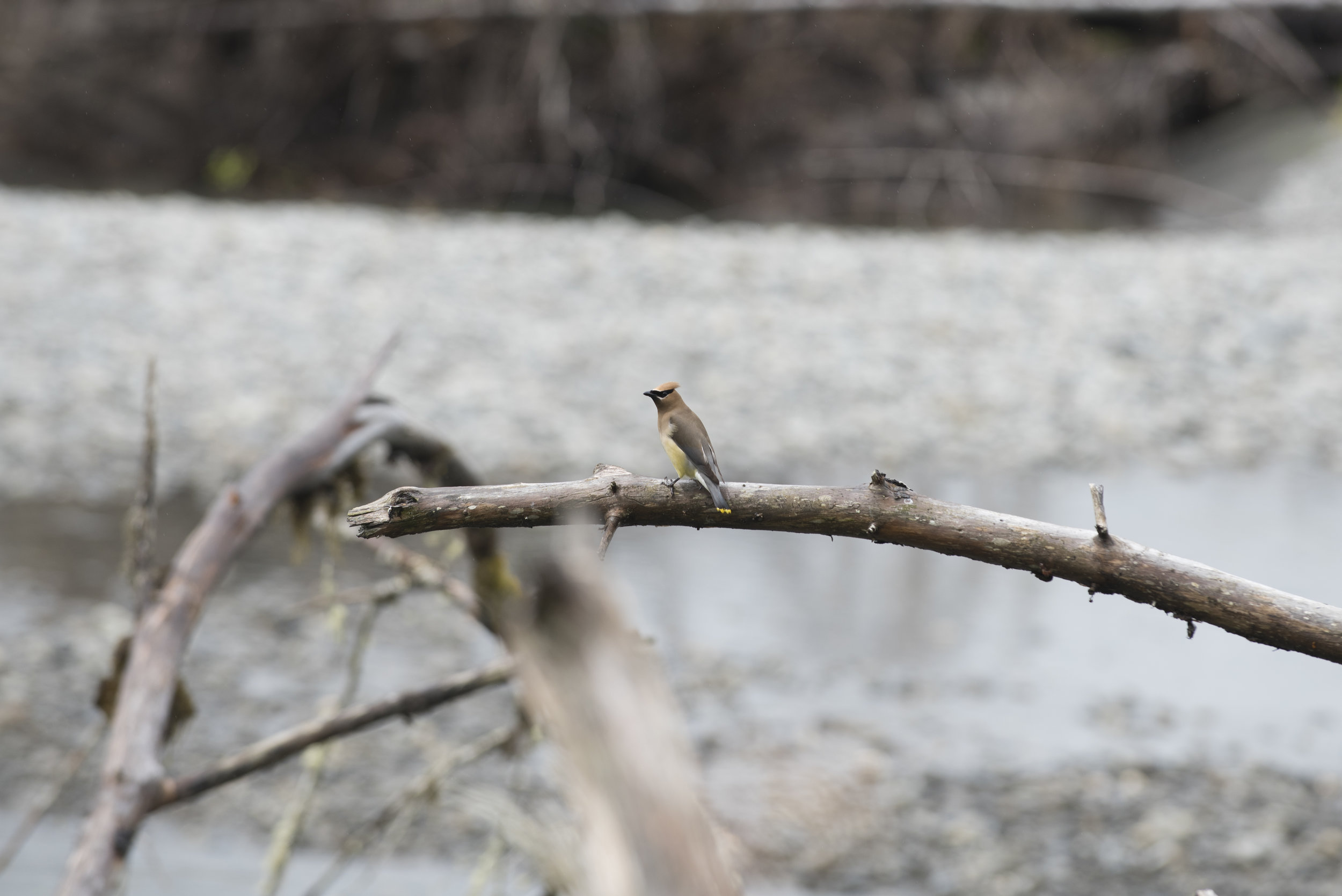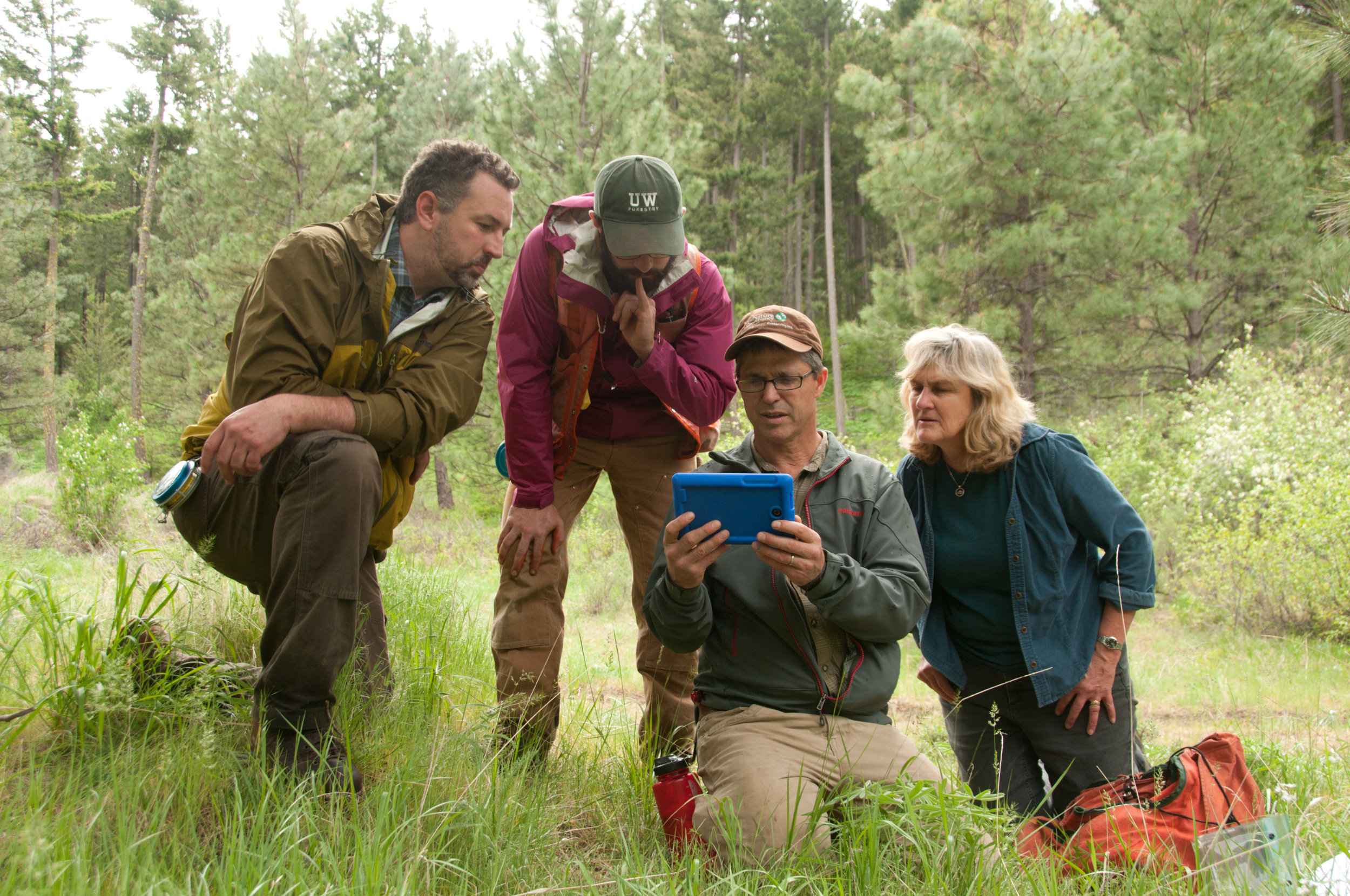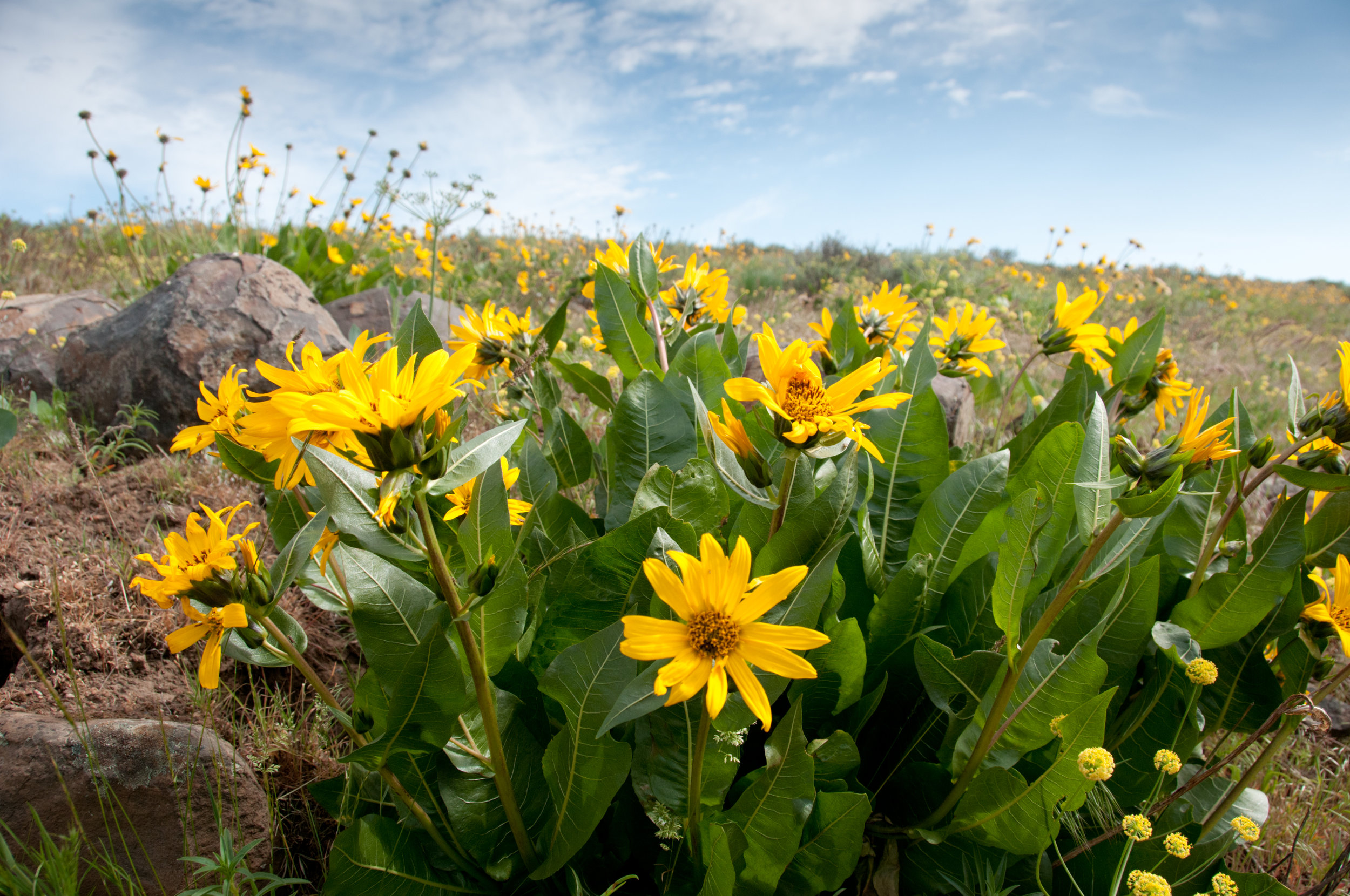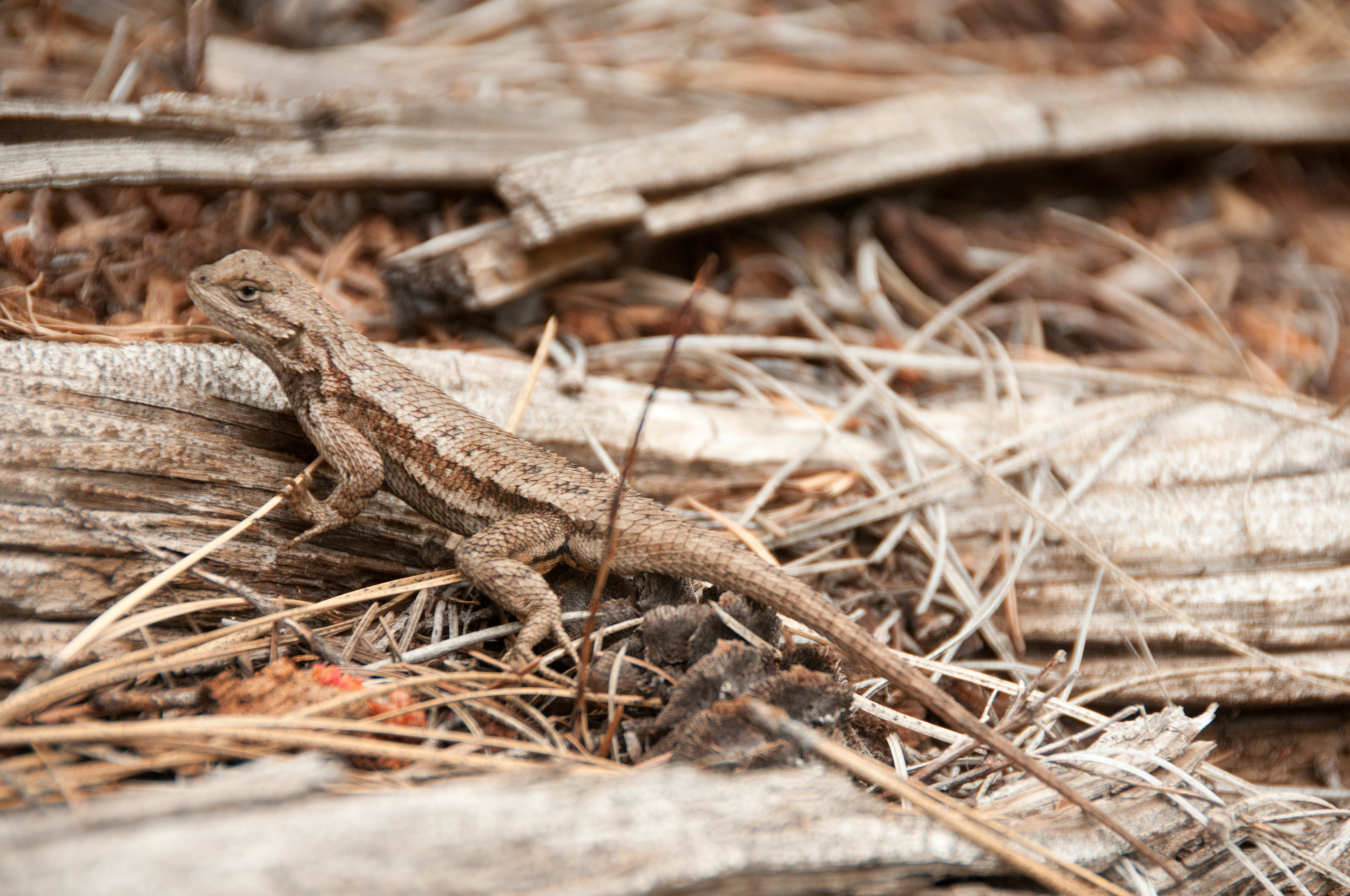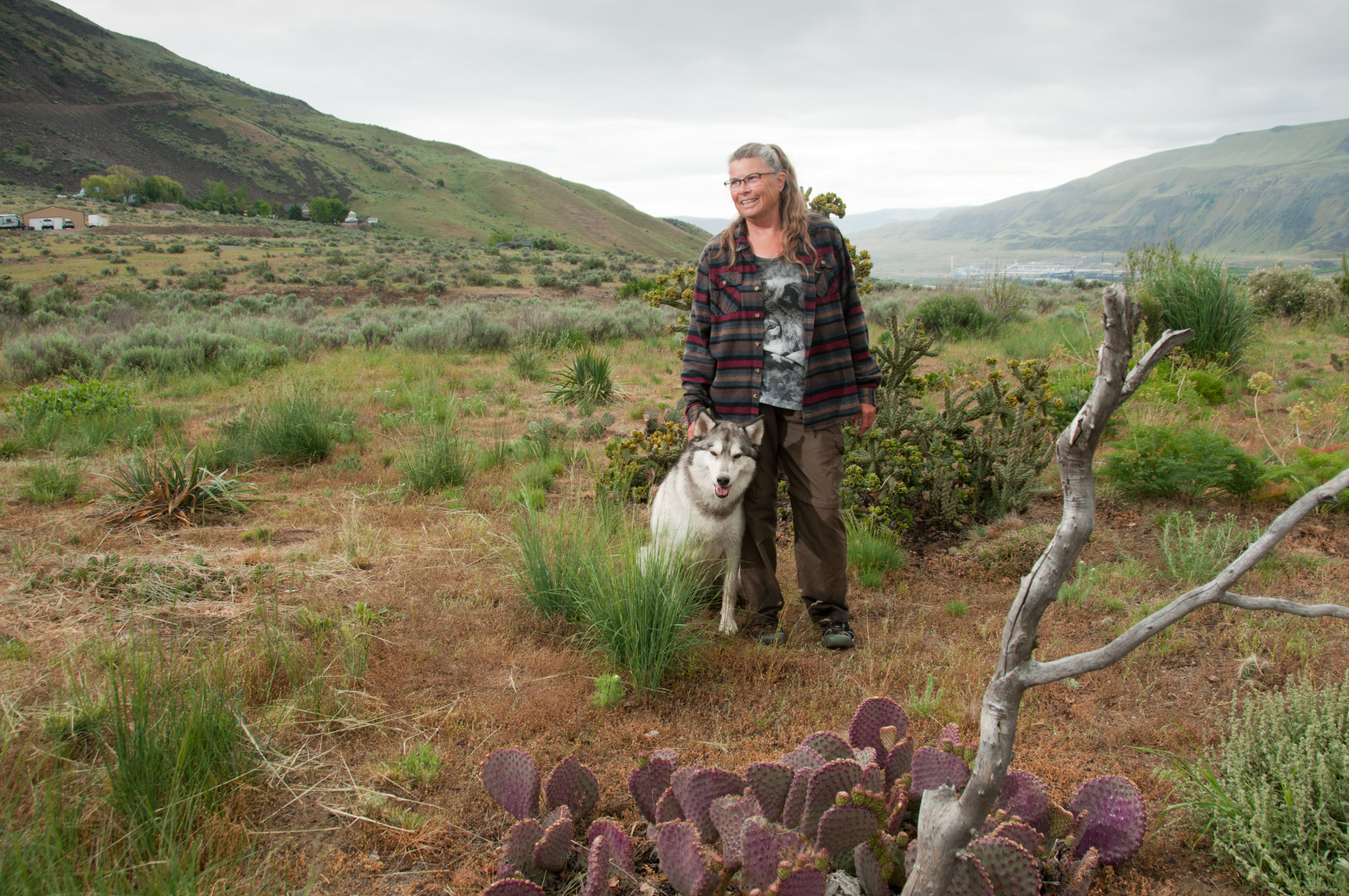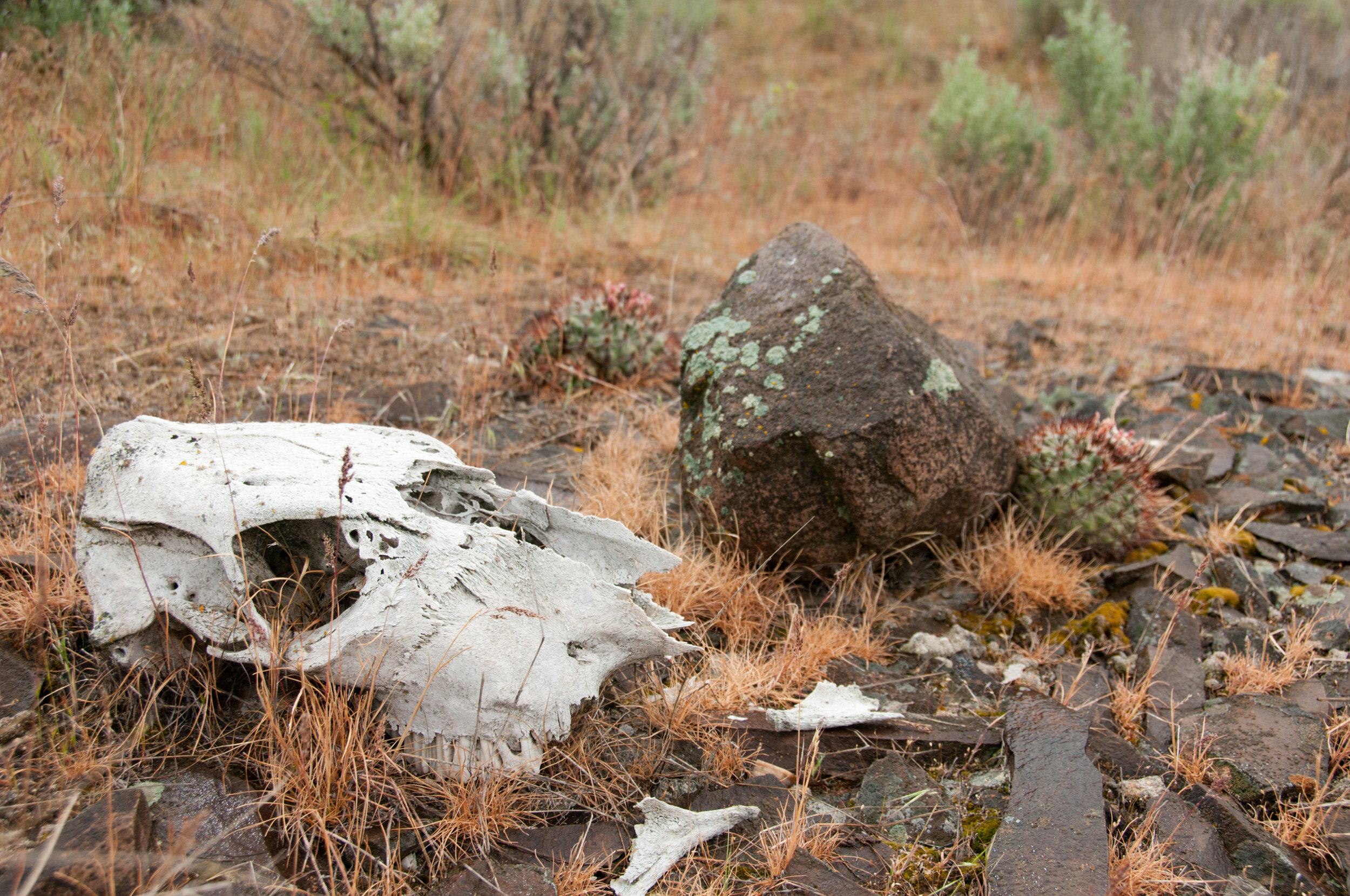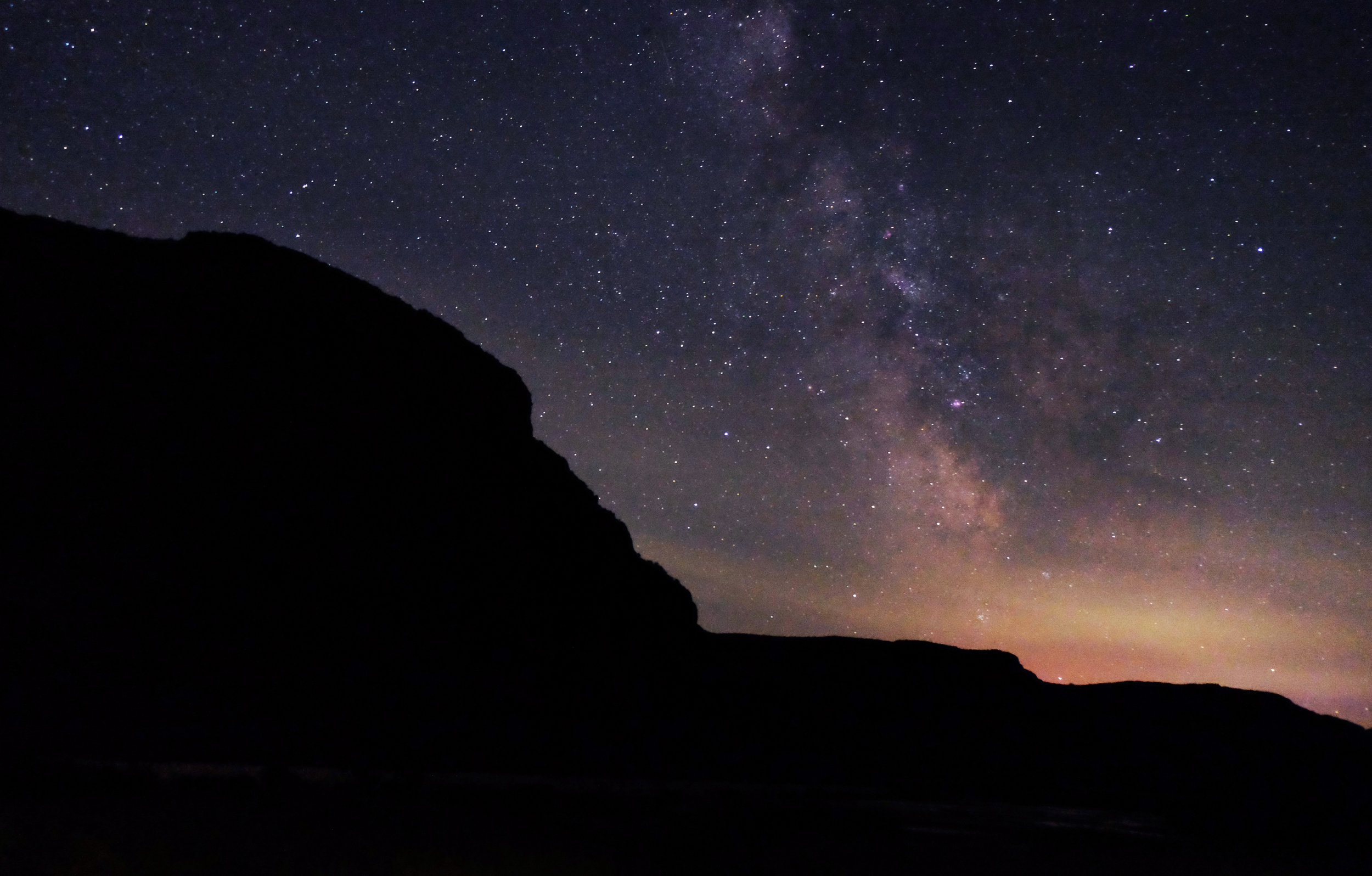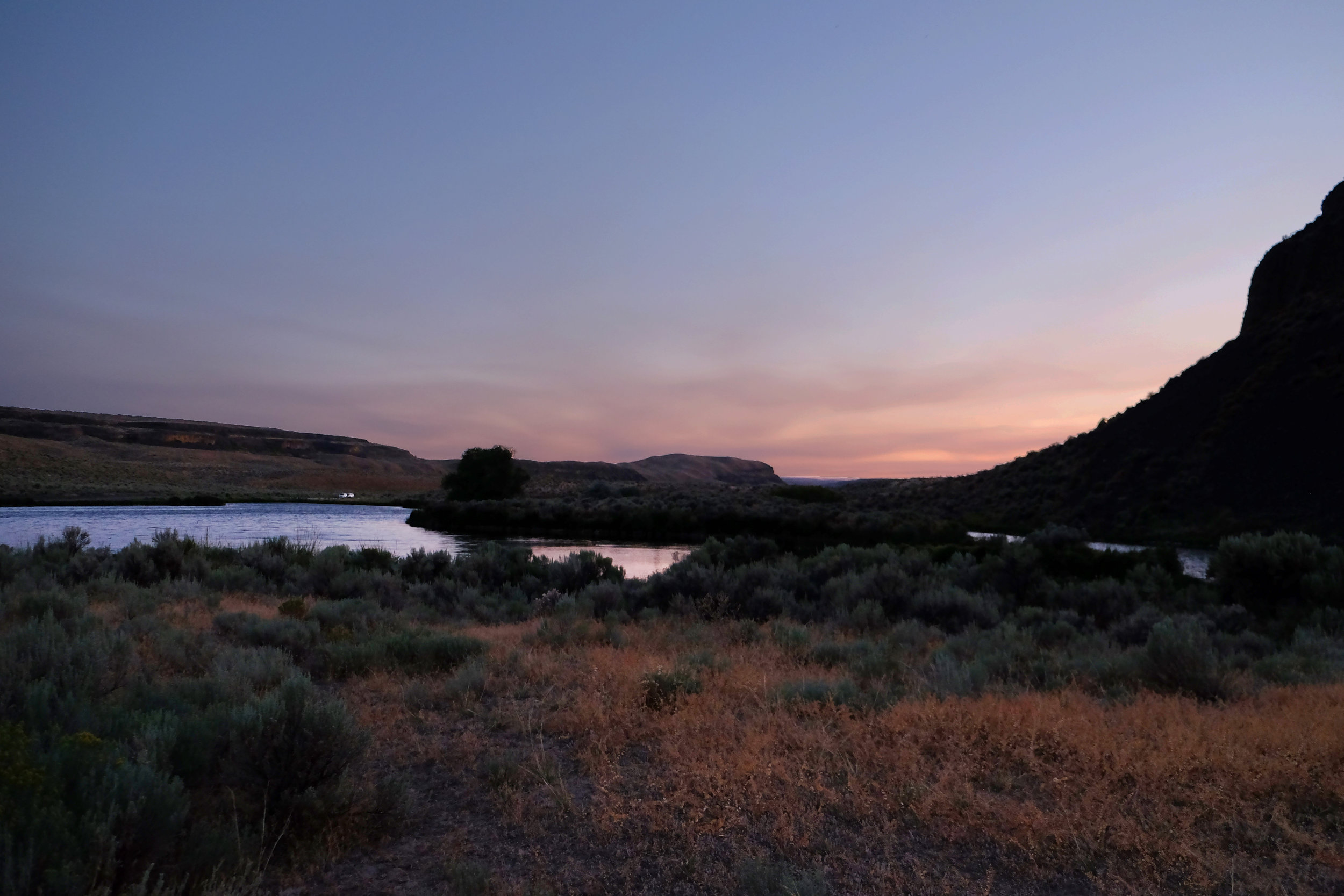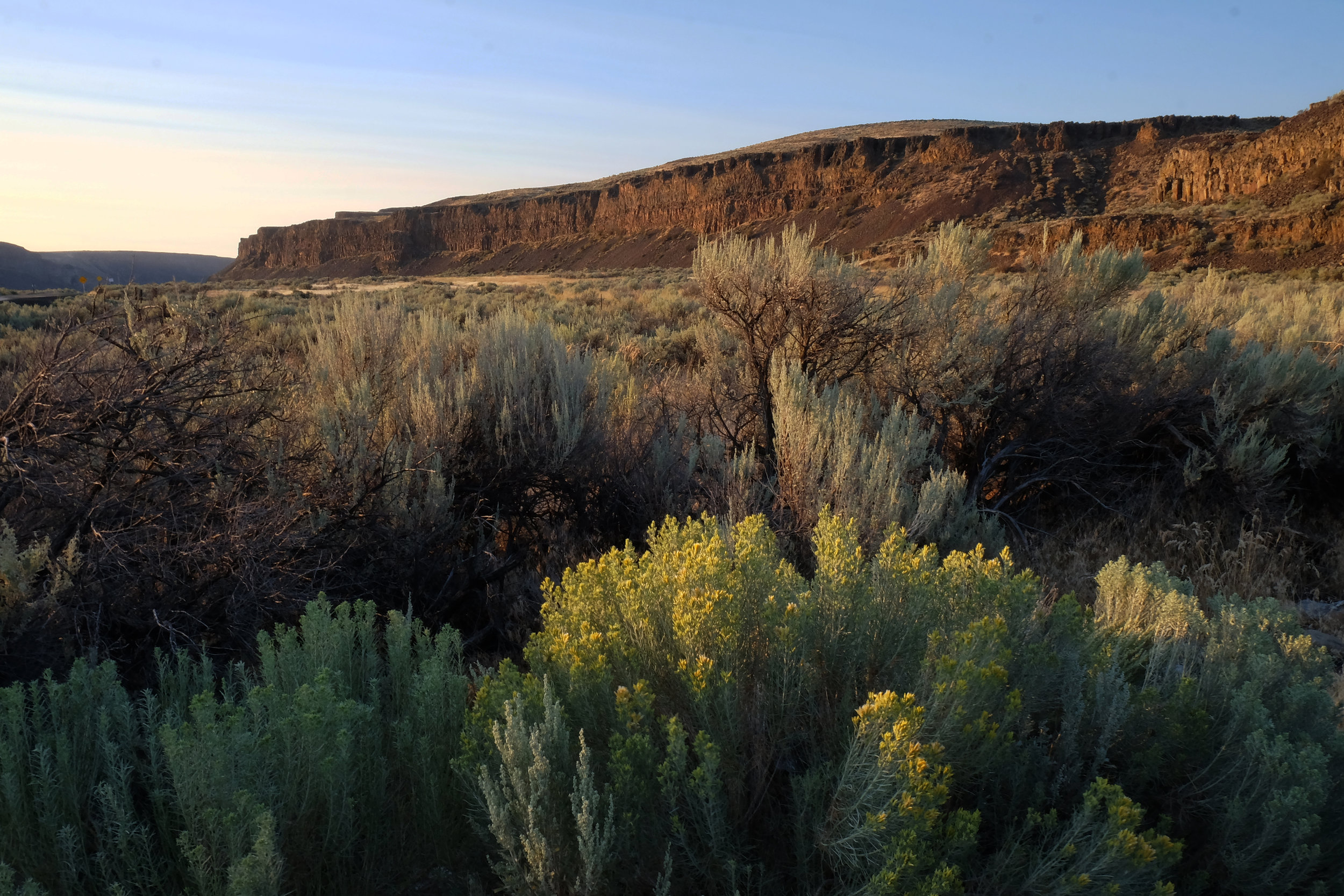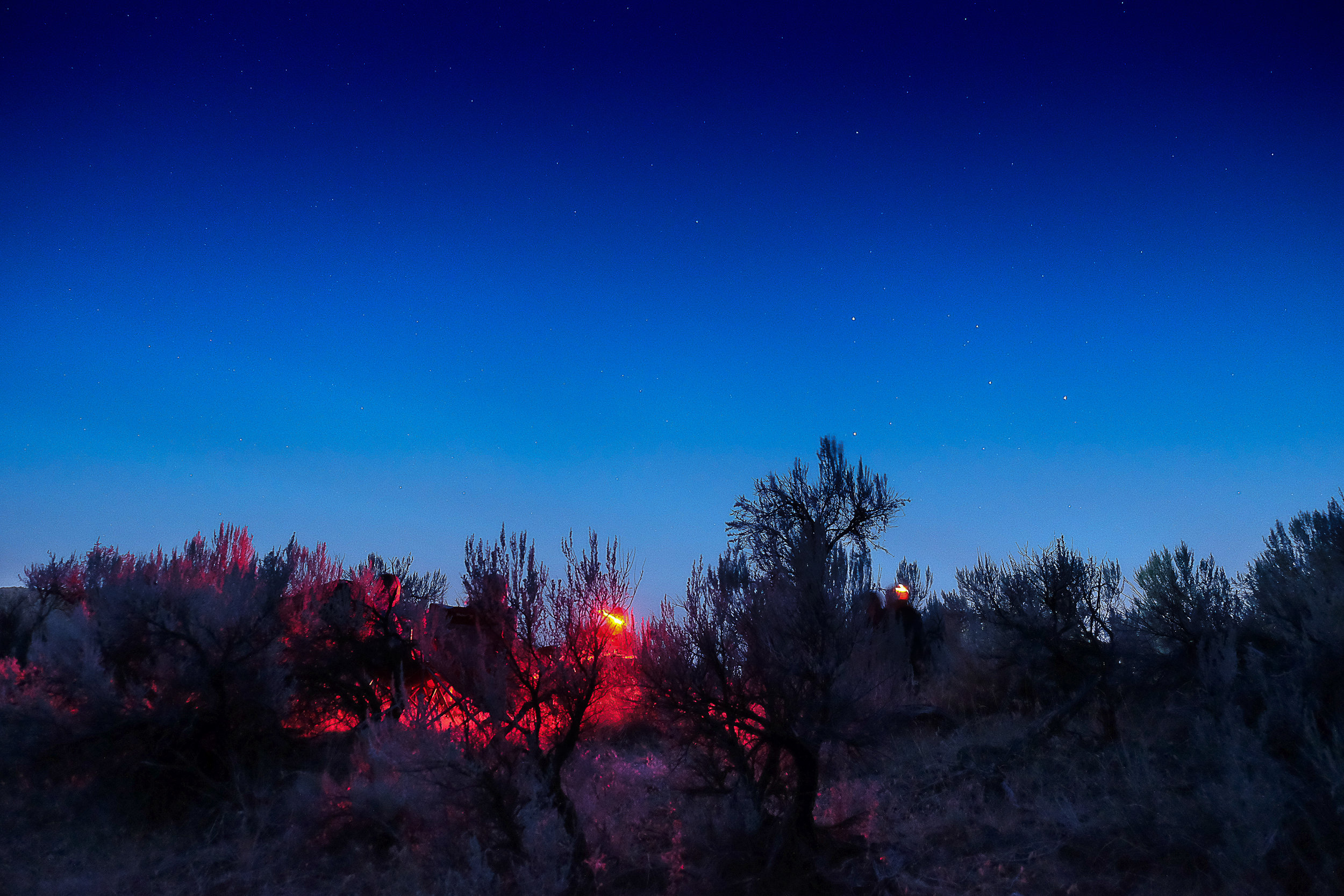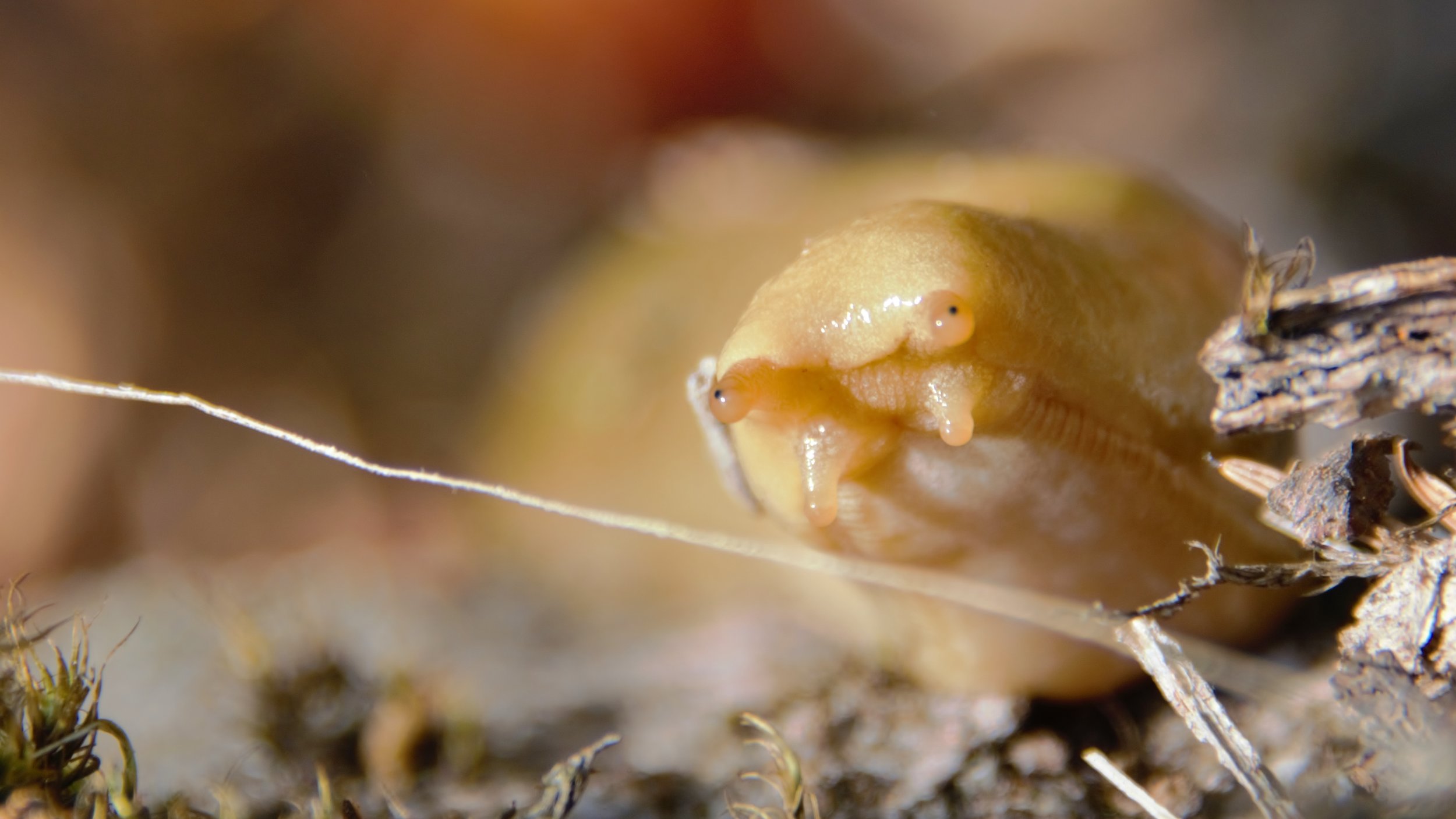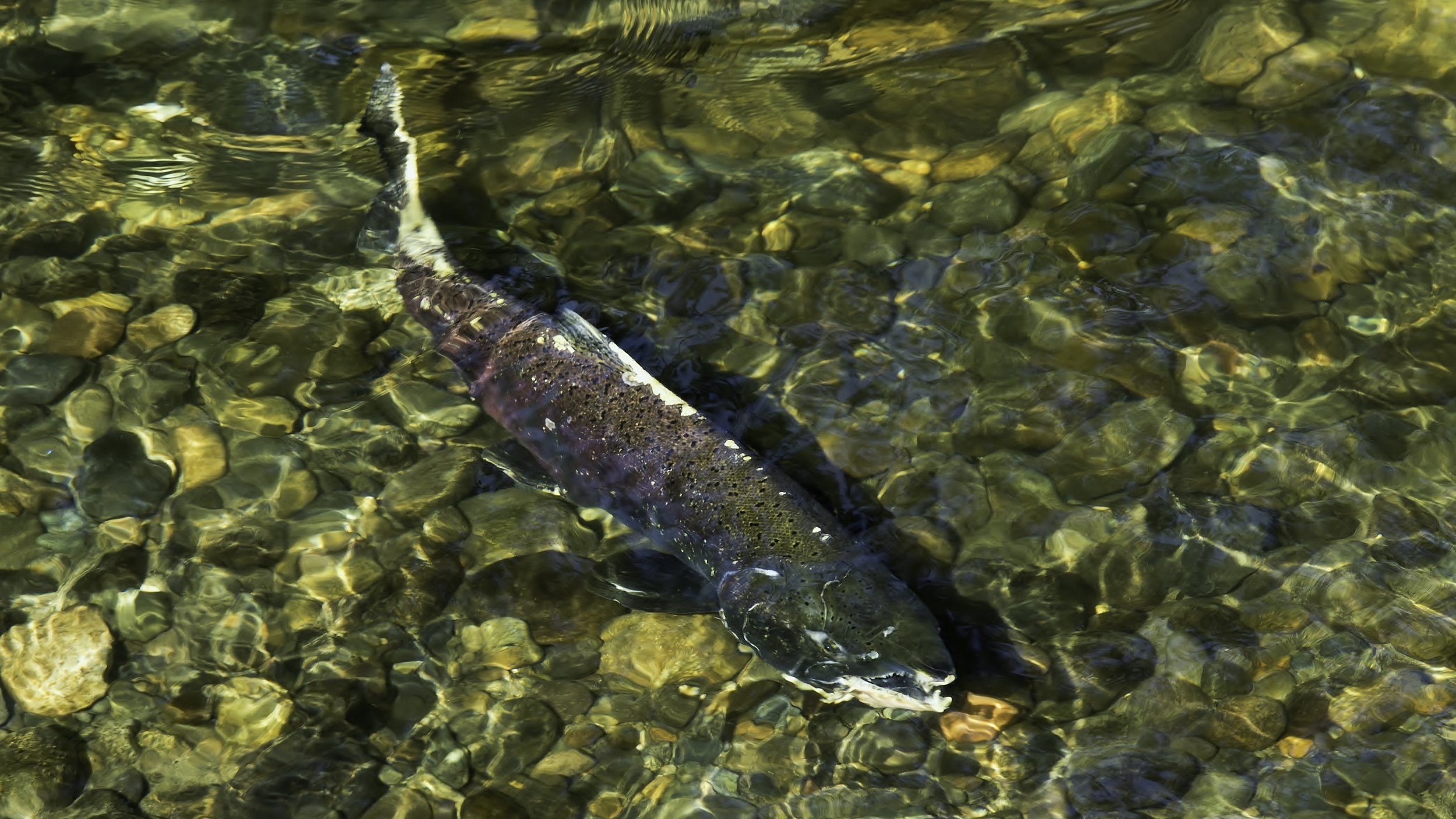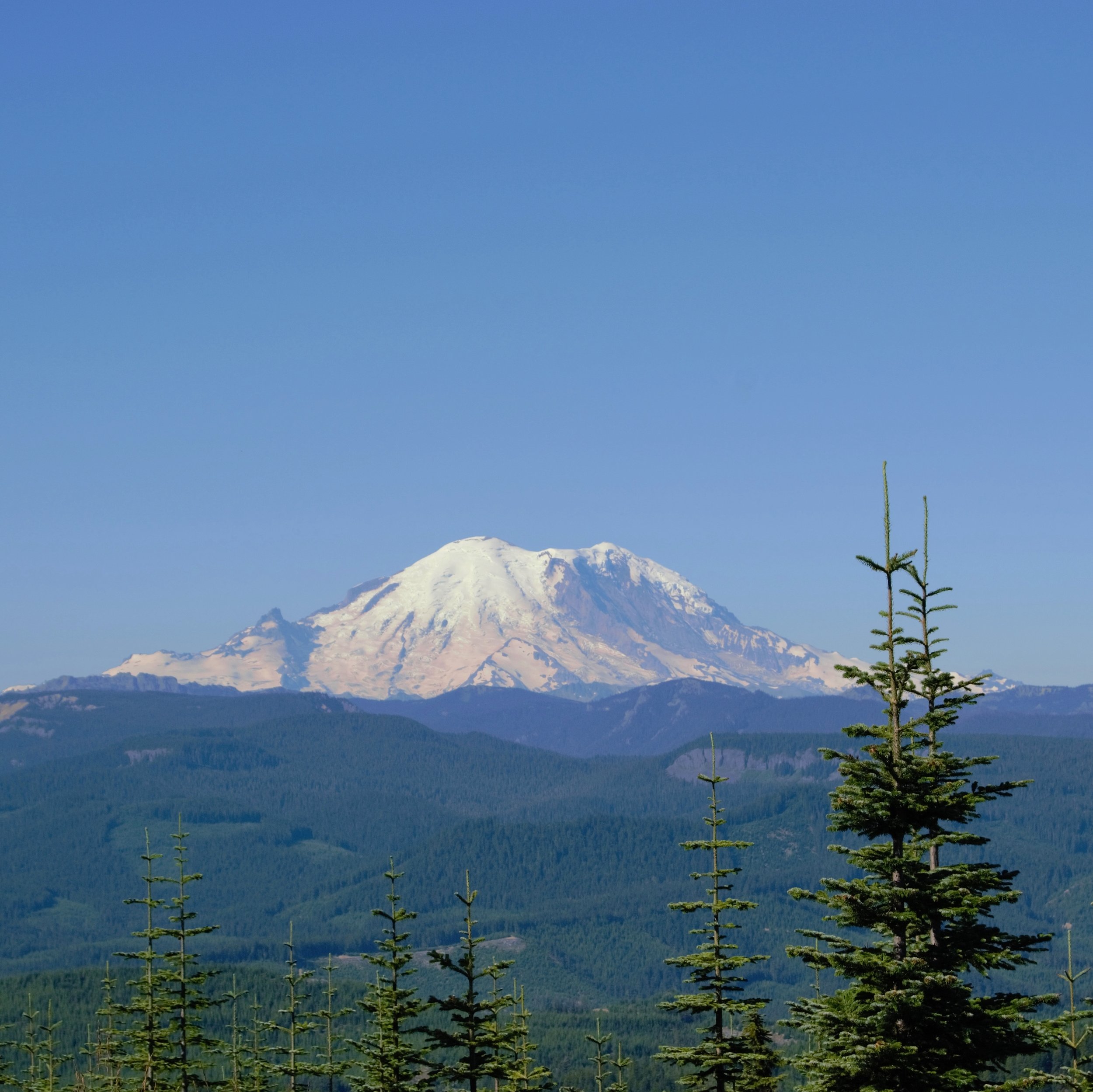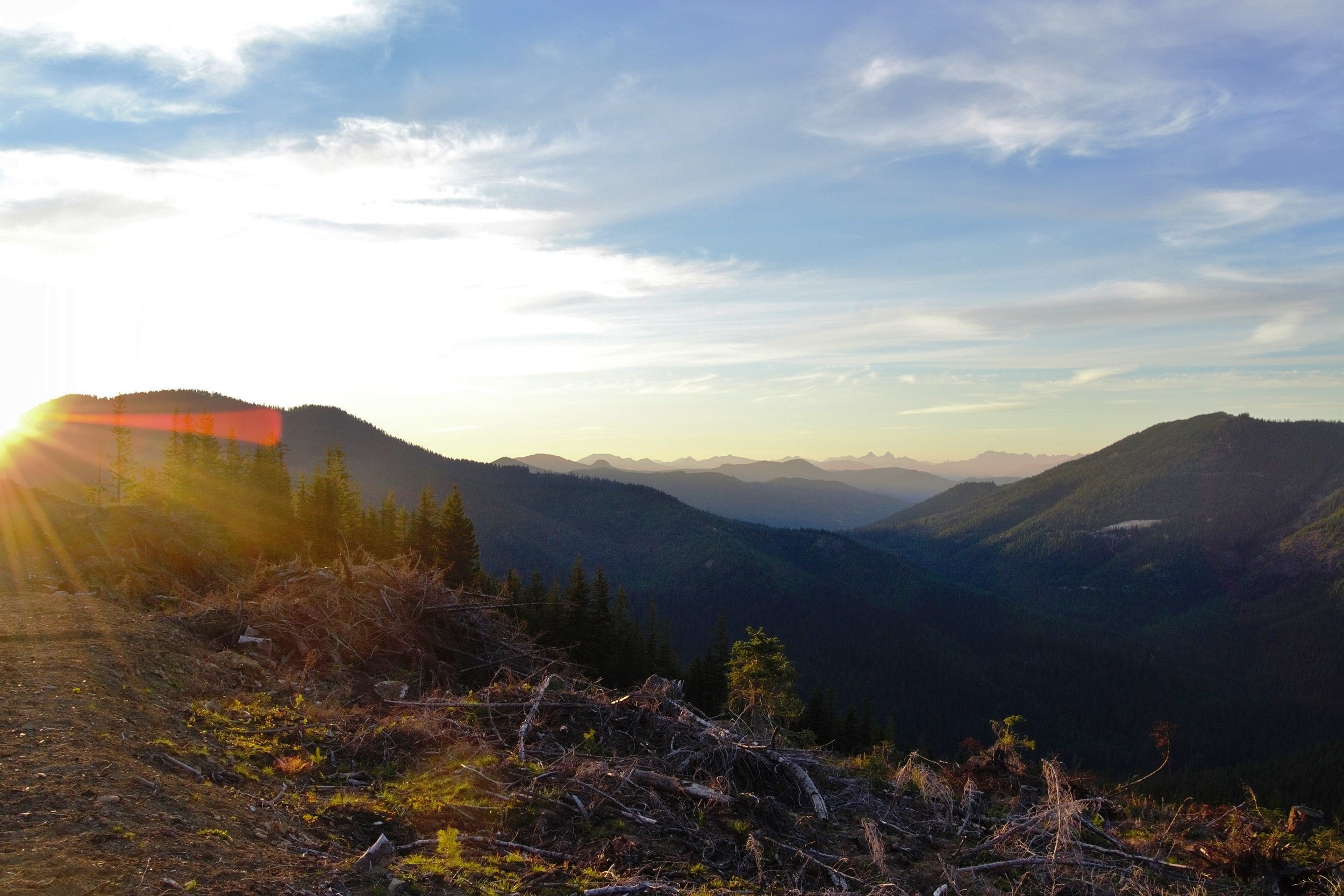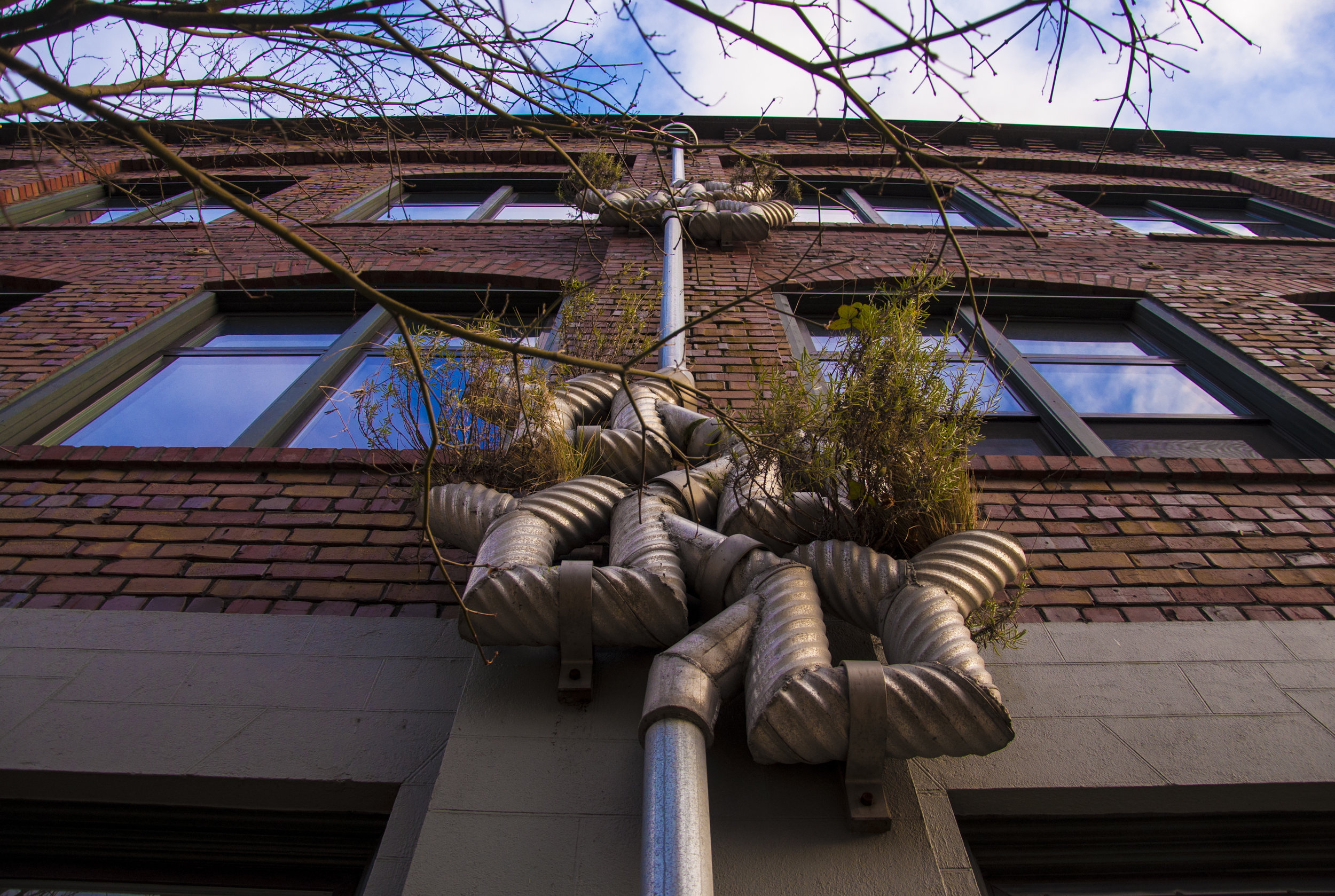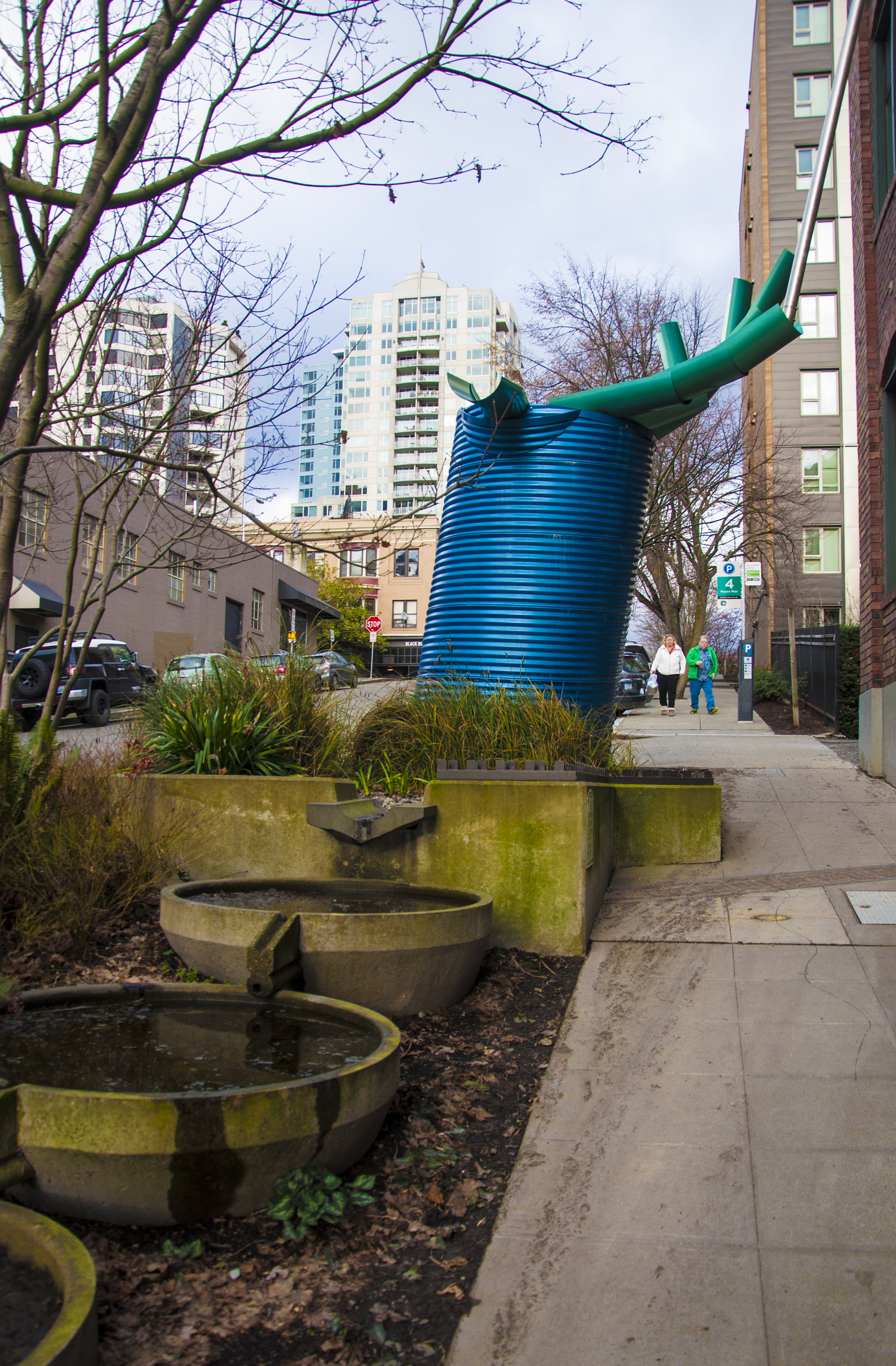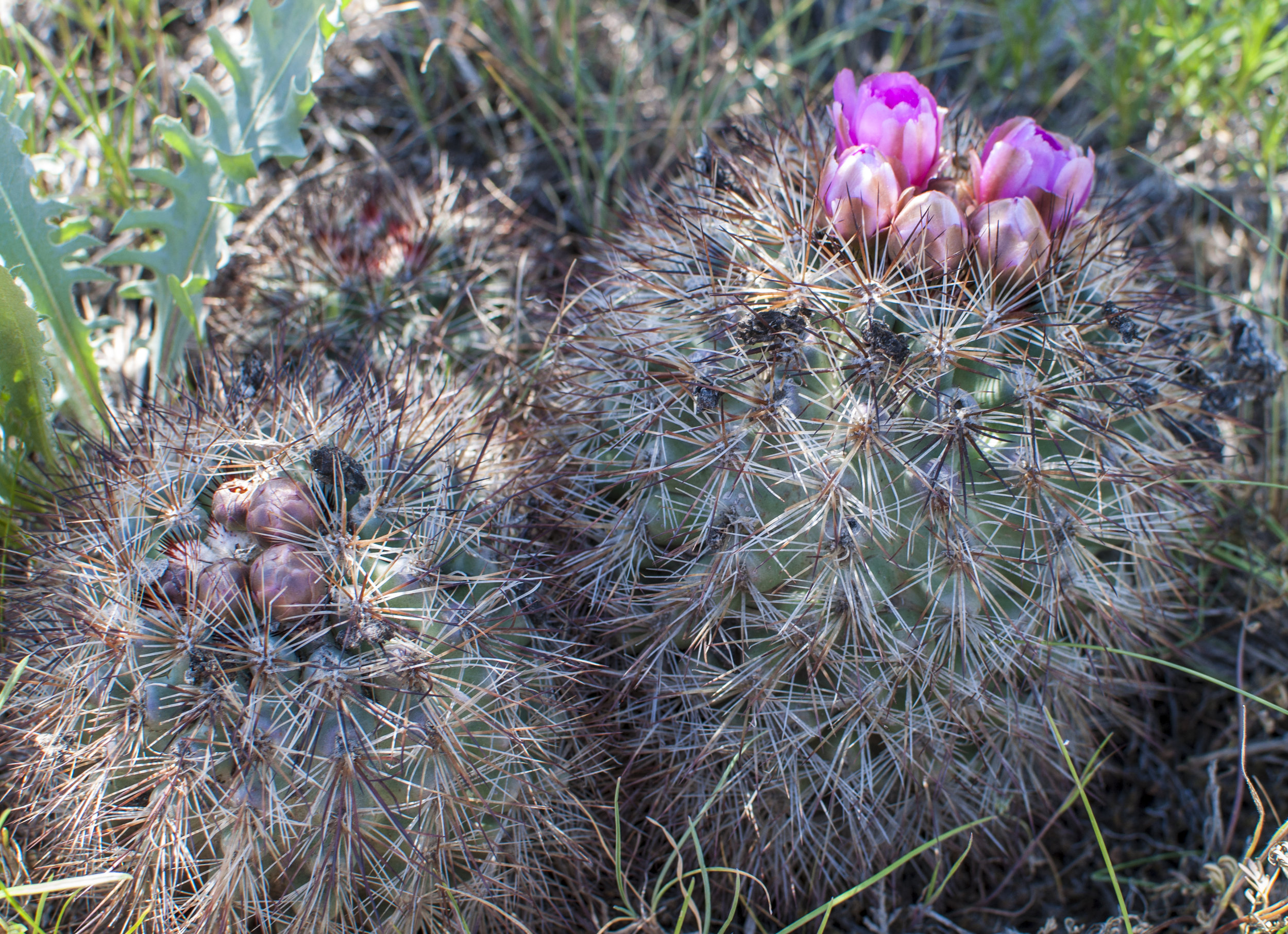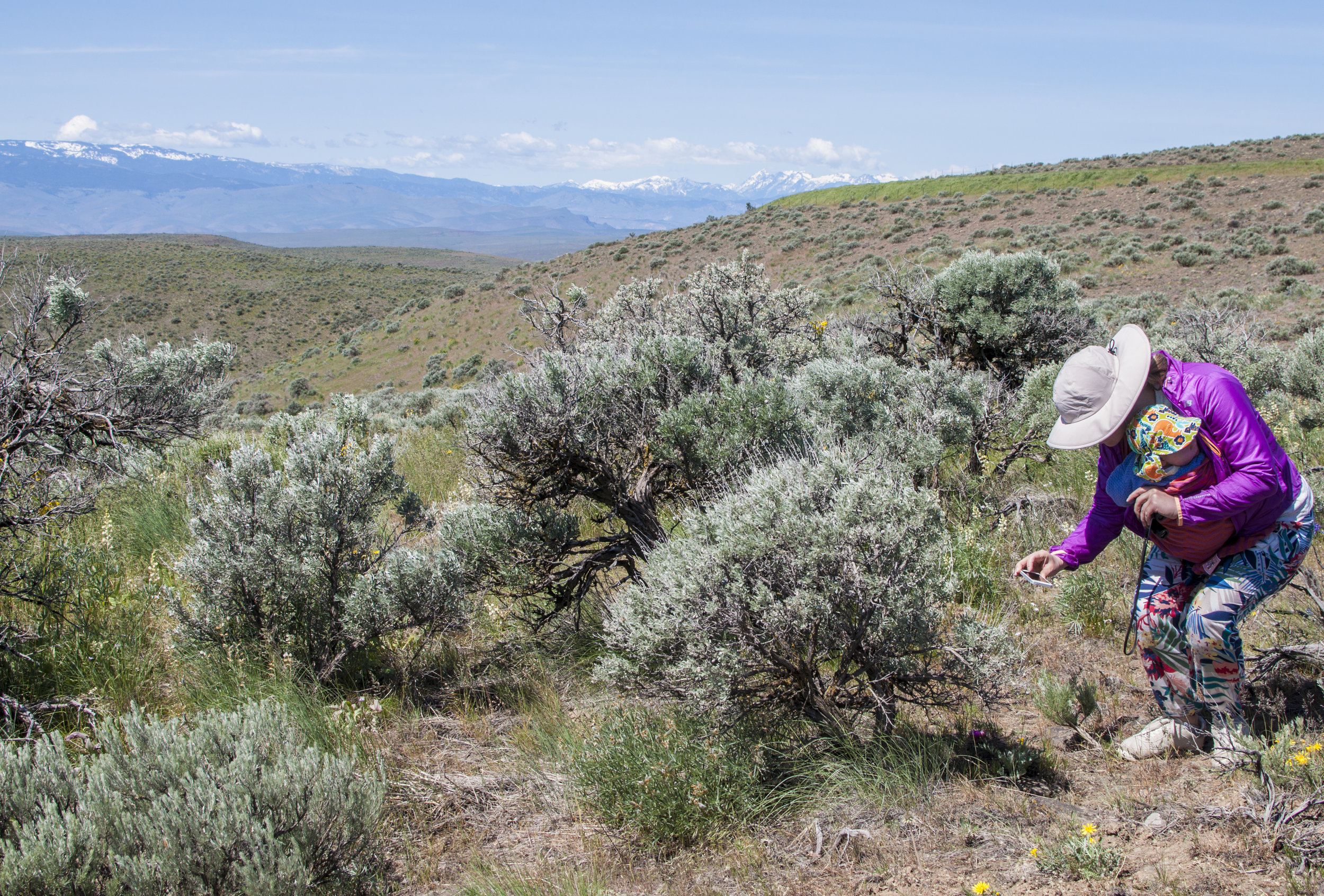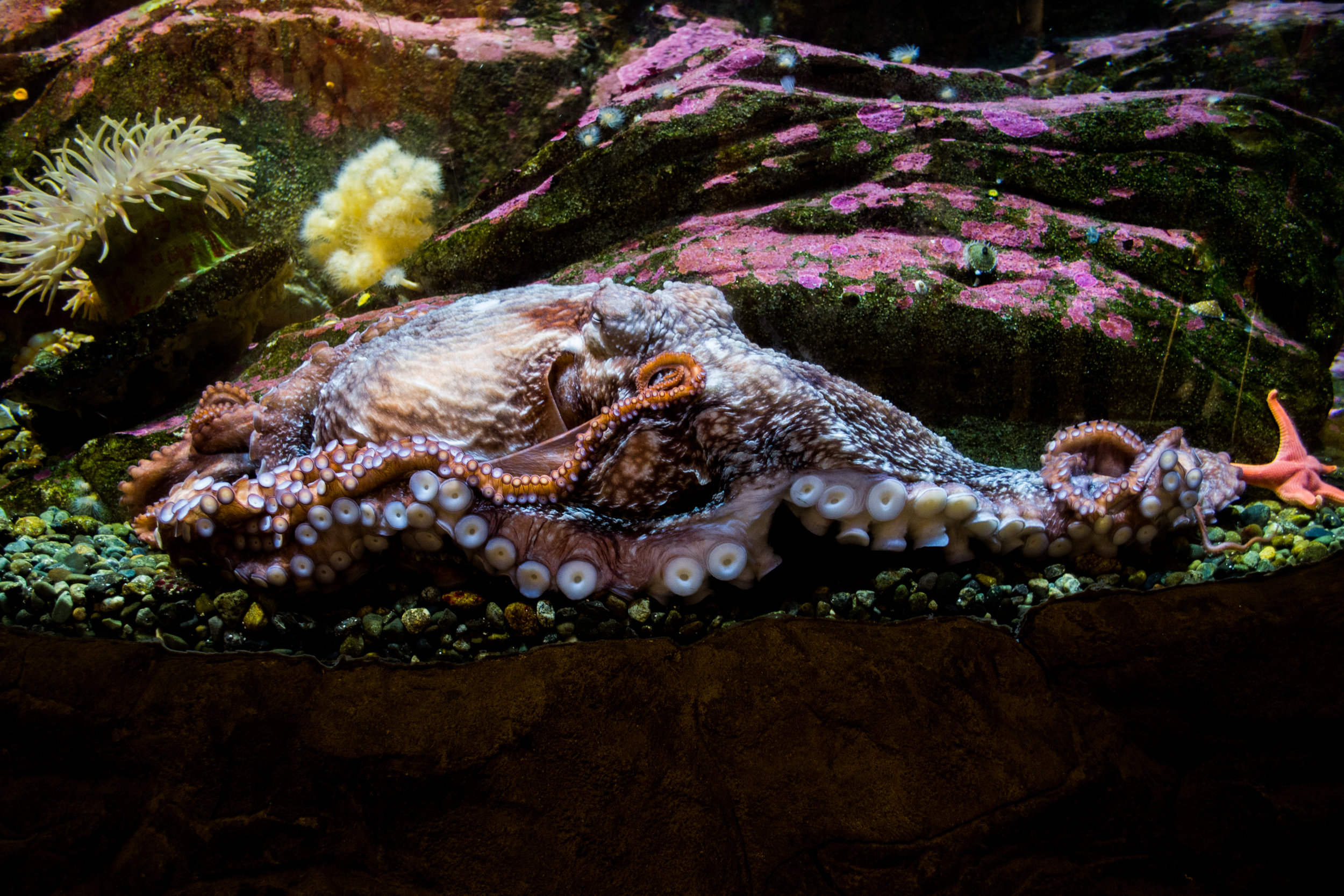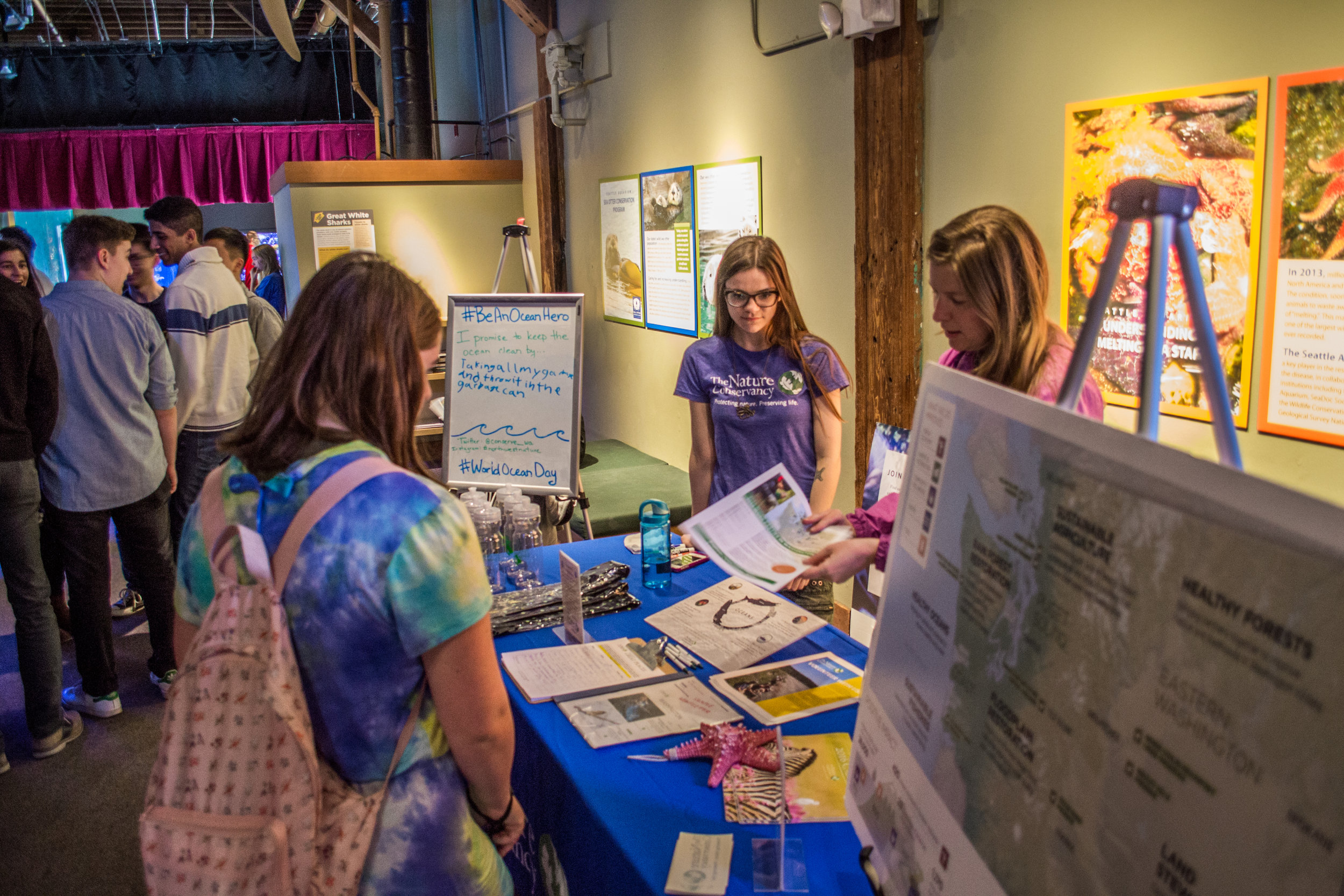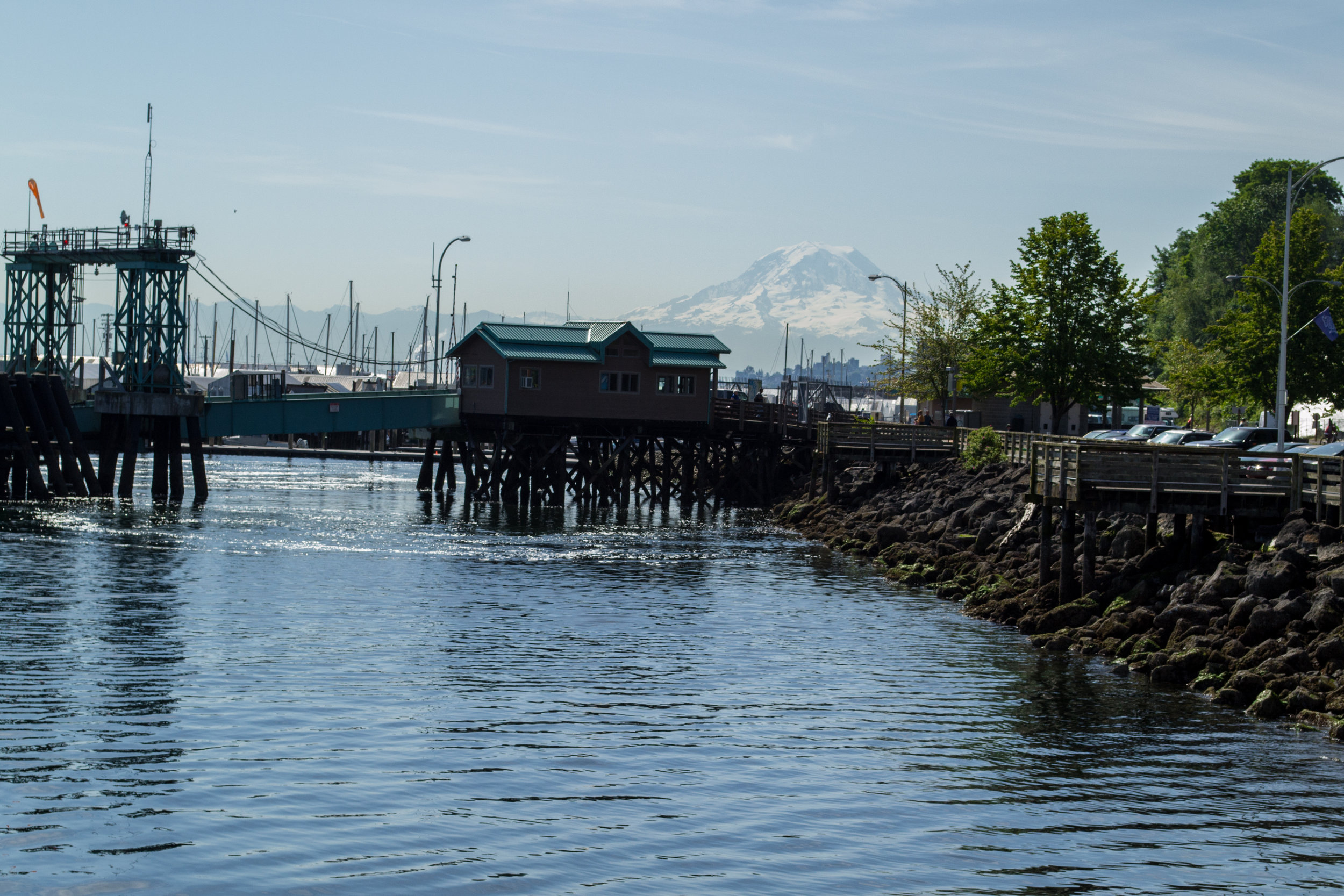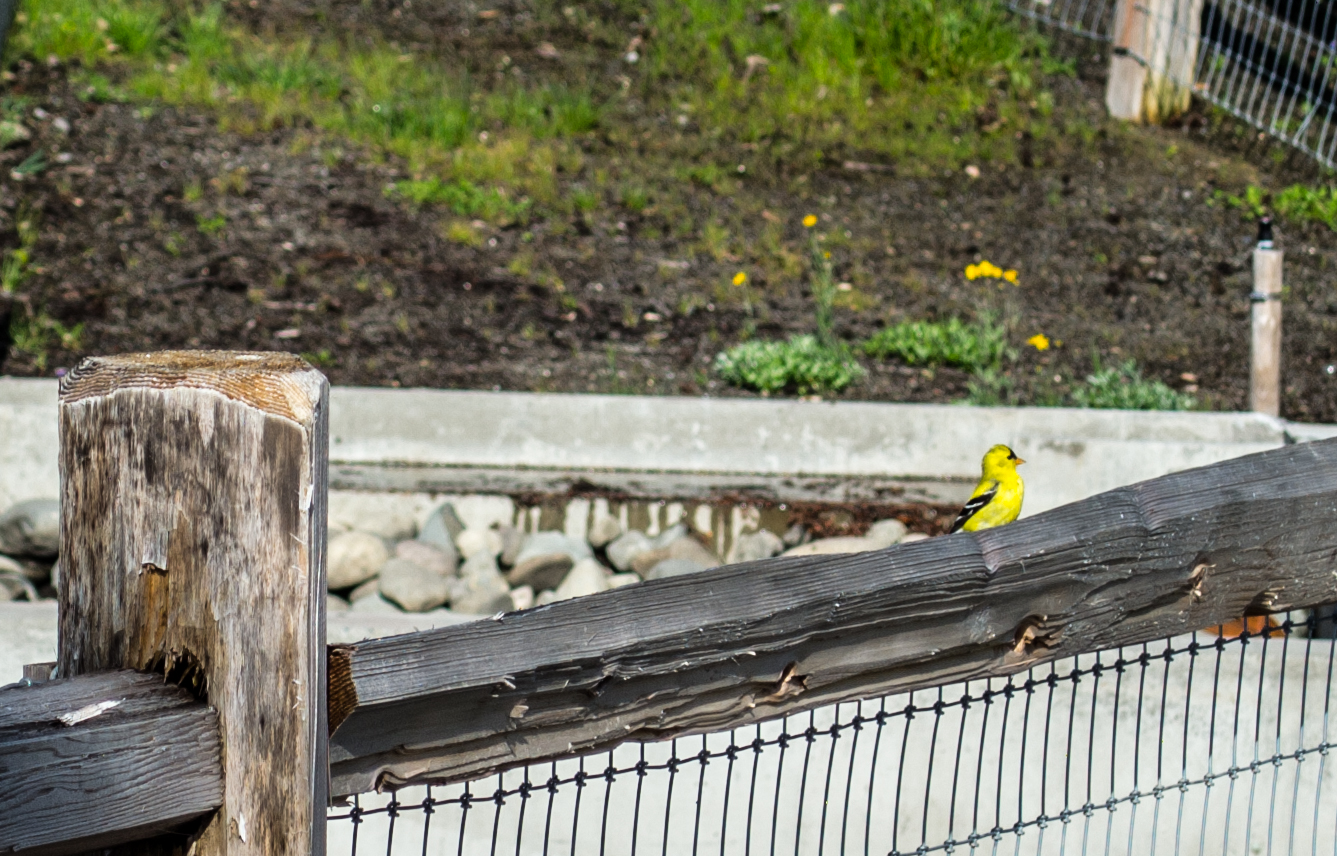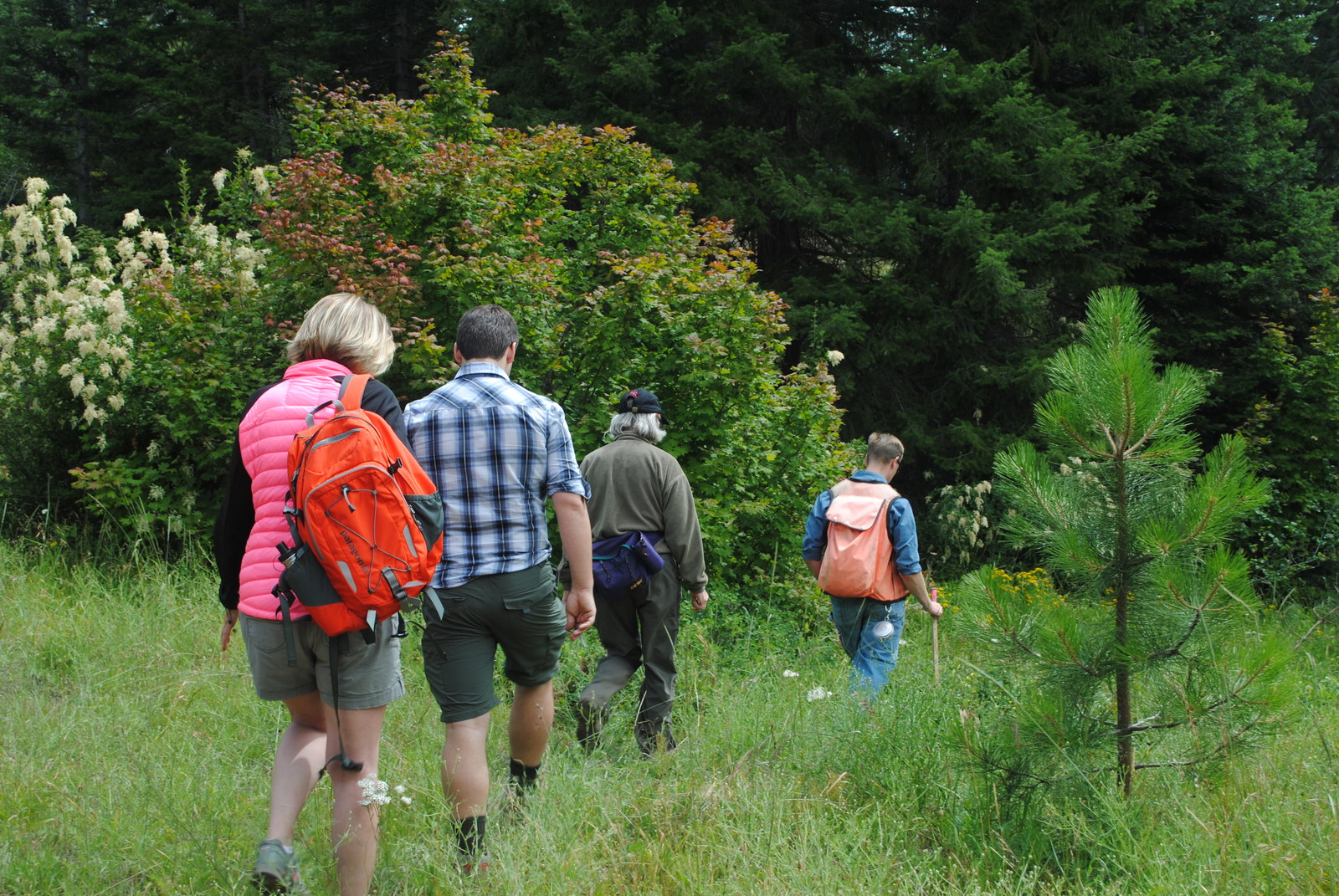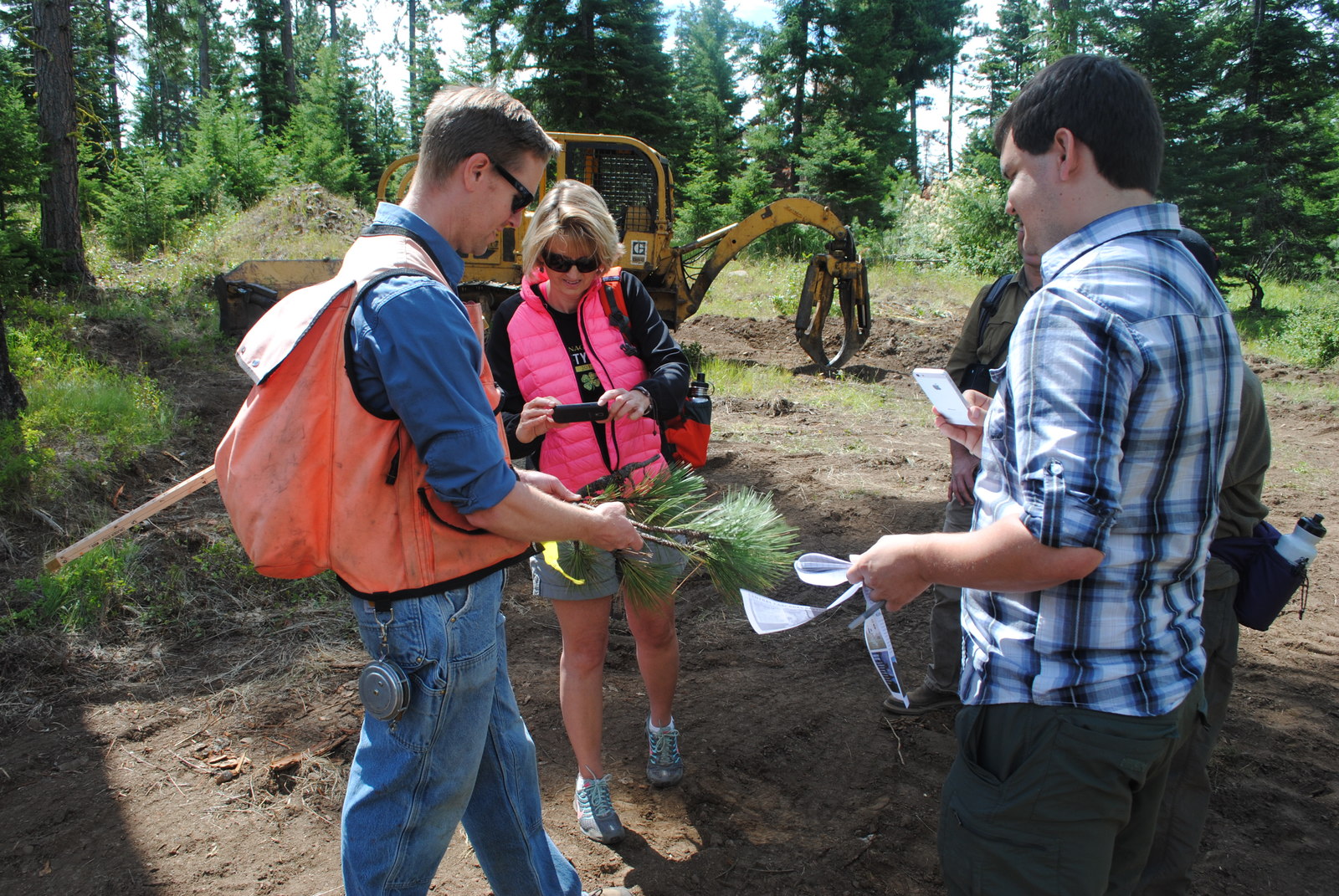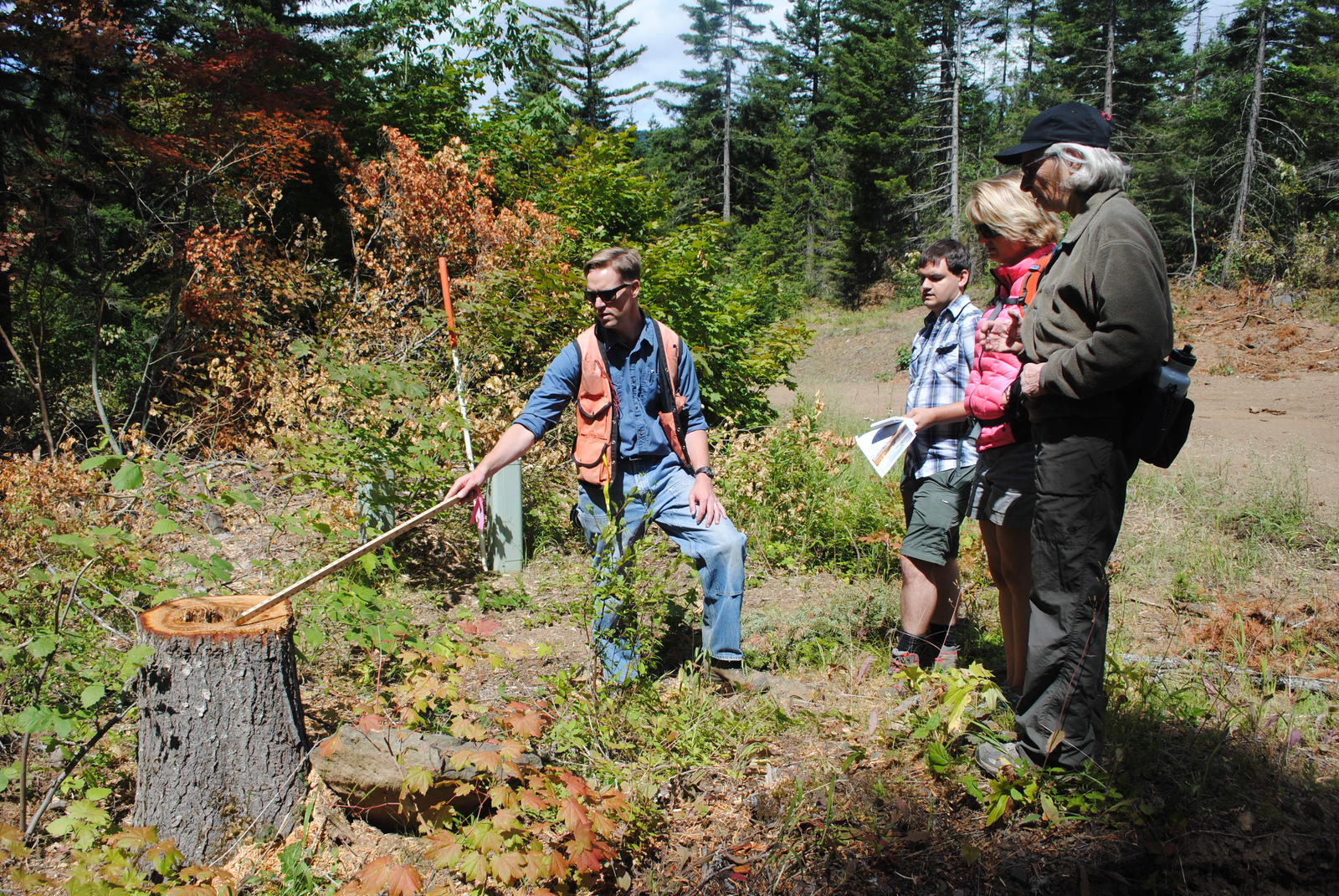Nestled in the mountains of the Central Cascades, the Teanaway Community Forest (50,241 acres) has been a conservation gem intended as a refuge for people as much as nature. In the past ten years, transformative restoration efforts including wildfire prevention and stream restoration have created a healthier forest that benefits people, wildlife, and the lands. There’s more work to be done.
Protecting King County’s Greatest Assets
Keep Washington Evergreen
A shining star for nature
Celebrating a Huge Win for Conservation
A Scientist's Adventure on the Hill
Written by Phil Levin, Conservancy Lead Scientist
The gentle rocking of the train car subsides as it pulls into the station called “The Mall”. My fellow passengers, dressed in the uniform of The City, and wearing important frowns, look up in synchrony from their phones. We join the scurrying masses through subterranean tubes, eventually rising to the surface where we step on the stage of history. Sandwiched between the U.S. Capital and Lincoln Memorial, I can only smile, as I make my way along the National Mall to the business entrance of the Capital.
A very large man with a very large rifle greeted me and my colleagues as we made our way through security and into a conference room on the Senate side of the building. I’ve given briefings on the Hill before, but this was my first time as a Nature Conservancy rather than government (NOAA) employee. The reason for my smile is now clear to me—since I am no longer a representative of the executive branch, I am allowed to eat Congressional cookies!
The conference room was overflowing with 50 Senate and House staffers, all of whom focus on ocean issues. We were there to roll-out a new report from the Lenfest Fishery Ecosystem Task Force. The report, Building Effective Fishery Ecosystem Plans, provides guidance to fisheries managers on implementing ecosystem-based fisheries management—a holistic place-based approach that seeks to sustain fisheries by maintaining healthy, productive and resilient ecosystems. The Task Force, convened with support from the Lenfest Ocean Program, consisted of 14 preeminent fisheries scientists from around the U.S. and world. Timothy Essington, of the University of Washington and I led the task force.
Our report highlights that connections matter. Indeed, this is the unifying principle of ecosystem-based fisheries management. Ecological connections matter because fishing affects target species, predators, prey, competitors, bycatch species, and habitat. Economic connections matter because management affects fishermen, wholesalers, retailers, and recreational fishing guides. And social connections matter because fishing supports families, communities and cultures.
While many have noted the importance of ecological, economic and social connections for oceans and people, fisheries managers have had a difficult time bringing this principle into practice. We concluded that a structured process for establishing goals and translating them into action is critical for overcoming the barriers to including these important connections in fisheries management.
As the briefing concluded, staffers immediately started asking questions. They were nonpartisan. They poked, dissected and deconstructed the information we provided them. They looked for connections between existing or planned legislation and executive orders. They conjured their boss as they sought clarification. They were smart, engaged critical thinkers. Looking out at them, it struck me that they seemed so young-mostly in their late 20s-30s. Realizing that these young staffers are the engine that make our government work, gave me great hope.
After additional briefings at the White House Council for Environmental Quality and the National Marine Fisheries Service, we were exhausted but further encouraged by those who work for our environment. I walked across downtown DC as the indigo night sky warmed the edges of the austere city. I joined the herds of suited laborers, ties loosened, and migrated home. The work has just begun.
Volunteer Photographer Spotlight
Our volunteers help support our mission in many ways. From pulling invasive plants, to overnight camping clean up trips, to sharing our message at local farmers markets and events, our volunteers are doing their part to help protect the places they love most in Washington. A very important way for us to inspire people to get involved in conservation is through stunning photos of nature. Our talented volunteer photographers make our work and our preserves shine! They are an amazing group of people who are willing to drive all over the state to document our work so we are able to share it with the public right here on our blog, on social media, in The Nature Conservancy magazine, and much more!
Each photographer has played an important role in highlighting our work, so now its our chance to showcase theirs! Check out some of our favorite photos from each photographer in the gallery below!
Hannah Letinich
Hannah is our Lead Volunteer Photographer. On top of taking on the majority of our volunteer photo assignments, Hannah has developed training guidelines and coordinates the efforts of the Volunteer Photography team, making sure each assignment is paired with the photographer with the right specialty. When she’s not volunteering with us she volunteers with other environmental groups and is an avid kayaker!
Anna Snook
Anna recently moved to Washington from Oregon and has been busy traveling Washington and getting to know our state through her photo assignments. She’s willing to wake up at the crack of dawn or stay up into the late night to get great lighting.
Milo Zorzino
Milo is one of our more active volunteer photographers, he documents volunteer events all over the state, and is also willing to put down his camera and get his hands dirty when we need a little more help with the heavy lifting.
AJ Dent
Before leaving Washington to move to sunny California, AJ was an active member of our volunteer photography team and traveled all over the state to shoot our events.
Cameron Karsten
Cameron was one of our first official volunteer photographers, and has been volunteering with us since 2014. He has traveled all over the world as a photographer, and has done work for TNC in both Washington and in Haiti.
Jacob Hall
Jacob has traveled all over the Puget Sound region this year photographing major conservation projects for us. On top of having a passion for photography and using that talent to support our work, Jacob graduated this spring from Washington State University with a degree in Bio-Engineering.
Marissa Singleton
Marissa has been volunteering for us for just a few months, and in that time she’s taken on projects photographing special events and conservation leaders in the community. She specializes in landscape, abstract, and macrophotography.
Interested in becoming a volunteer photographer? Learn more here
A Piece of History Gone But Not Forgotten
Written and filmed by Joelene Boyd, Puget Sound Stewardship Coordinator
Recently, a piece of history was removed from the landscape at Port Susan Bay Preserve. The house that had been a part of the landscape for over 60 years is now gone. Homesteader, Menno H. Groeneveld bought the house for a bargain price as the Interstate freeway was expanding through Seattle and moved it to the property so the story goes.
Groeneveld was an ambitious man who inherited a portion of the tidelands of Port Susan Bay back in the 1950’s. Initially he thought his inheritance was agriculture land until, upon his arrival from the mid-west, he realized it was not. However, he didn’t let that dampen his dreams and set to work building a dike around 160 acres so that he could pursue his calling - farming.
Every time I think of all of the options that someone in his shoes could have done I’m struck by the pure determination he must have had to embark on building a dike around then mud and estuary and start a farming operation.
In 2012, The Nature Conservancy removed this outer dike and restored 150 acres to estuary habitat to support juvenile Chinook Salmon, water birds and other estuary dependent fish and wildlife species.
As I watched the house come down I knew it was the right thing for conservation and giving this piece of land back to the natural world. But I was also sad that this piece of history was being erased from the landscape.
What's next for this area? In the immediate future I will plant some annual grass to keep the weeds at bay but longer term it would be great to restore native trees and shrubs and install a kiosk of sorts for people to come, congregate and learn about Port Susan Bay and The Nature Conservancy's amazing work in restoring and protecting this special place.
The house is now gone but the story of this man and his resolve will stay with me for a long time to come.
Learn more our Port Susan Bay
Creating a Movement for Our Rivers and Floodplains
Written by John Lombard, Lombard Consulting
In the ten years since my book, Saving Puget Sound, came out, Floodplains by Design is the most impressive regional initiative that I have seen for Puget Sound conservation. Focusing on floodplain restoration, it is tackling one of the most important parts of the landscape for conserving Puget Sound as an ecosystem, serving as a model for how we might address other key issues, such as the Puget Sound shoreline and stormwater management. Even more impressive, while starting in Puget Sound, Floodplains by Design has quickly grown into a statewide initiative.
Taking a multi-benefit approach, Floodplains by Design recognizes that virtually by definition any major action in floodplains affects multiple interests—agriculture, salmon recovery, flood hazards (locally, downstream, and even sometimes upstream), and often a significant amount of development and infrastructure. We have traditionally funded actions in the floodplain from different pots focused on these different interests, which tends to lead to partial solutions, conflicts with the other interests, and insufficient resources to take a more holistic view—even when that holistic approach is cheapest and better for everyone in the long run.
Floodplains by Design is a model for how to approach these types of issues more effectively. It is a perfect example of a role that The Nature Conservancy can fit extremely well—facilitating a partnership that takes a creative approach to a common problem across the region and state, and attracting legislative and funding support because it offers real solutions and brings communities together.
John Lombard is the owner and principal of Lombard Consulting. He is the author of the book Saving Puget Sound which won the Haig-Brown Award for environmental writing from the North Pacific International Chapter of the American Fisheries Society.
Visit http://www.floodplainsbydesign.org/ to learn more
Celebrating Forestry Innovation
Written & Photographed by Zoe van Duivenbode, Marketing Intern
Over the weekend, we invited our members on a tour of one of our central cascade properties to showcase our current restoration project! Nature Conservancy staff Brian Mize, Field Forester, and Reese Lolley, Director of Forest Restoration, shared the ecological history of the central cascade forests and how a combination of variables resulted in a change in forest structure and function. Mize guided us around the property to paint a picture of some of the restoration challenges he faces when managing this property. He touched on the importance of wildfires, the change in tree species and his strategy in creating fire resilient forests for the benefit of people and nature.











